- Replies 1.7k
- Views 204.3k
- Created
- Last Reply
Top Posters In This Topic
-
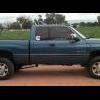 TFaoro 575 posts
TFaoro 575 posts -
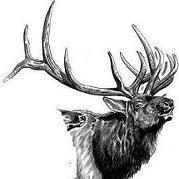 AH64ID 130 posts
AH64ID 130 posts -
 Mopar1973Man 108 posts
Mopar1973Man 108 posts -
 CSM 101 posts
CSM 101 posts
Most Popular Posts
-
All done
-
IT RUNS!!!!! Video coming later. Barely any smoke, surprisingly. This thing runs soooooo smooth. I only ran it for five minutes (Per Hamilton instructions.) But it's nice to know it's running and
-
That would look cool! Too bad I live in Colorado.... Epoxy Primer Bed Liner


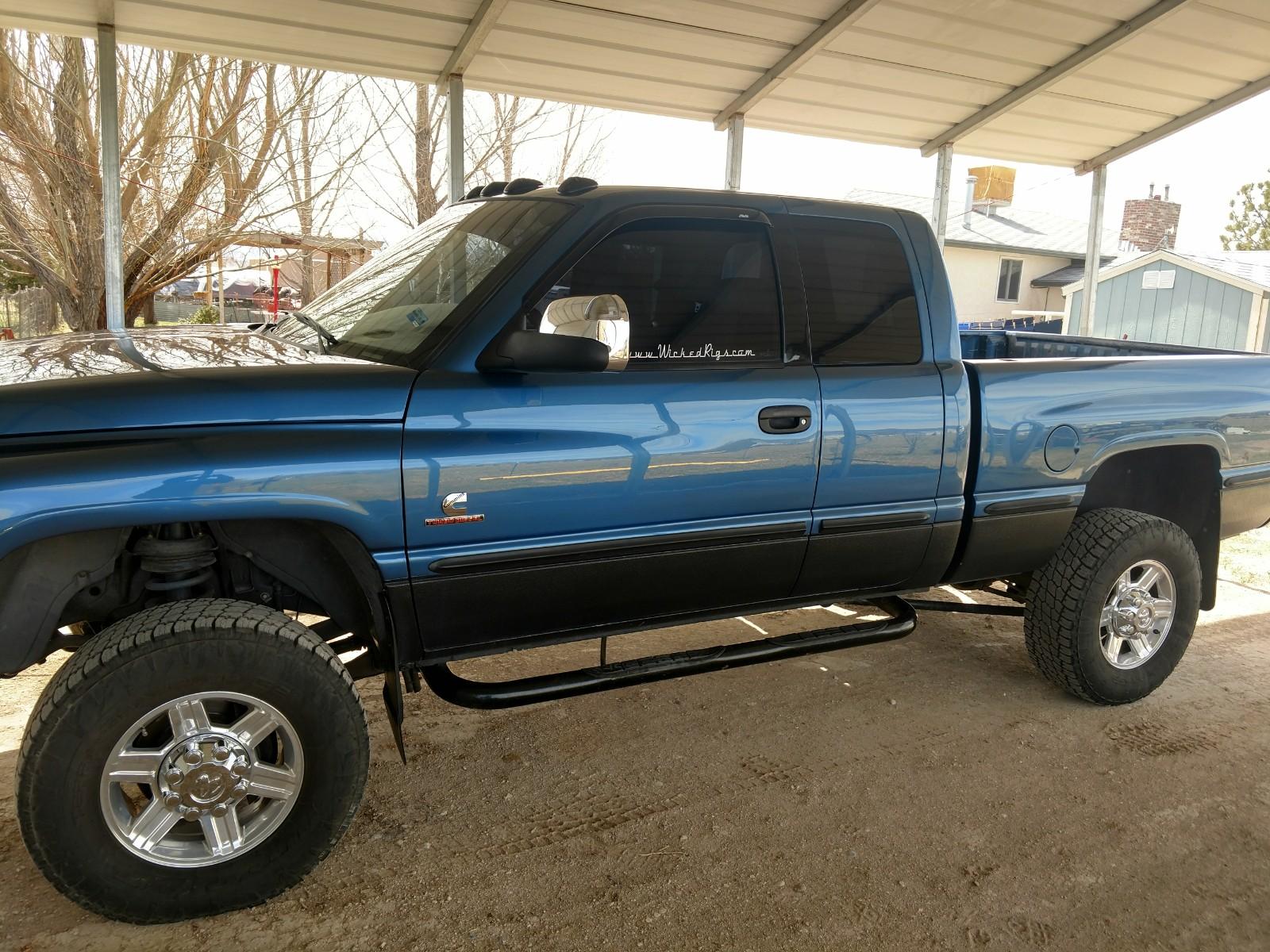
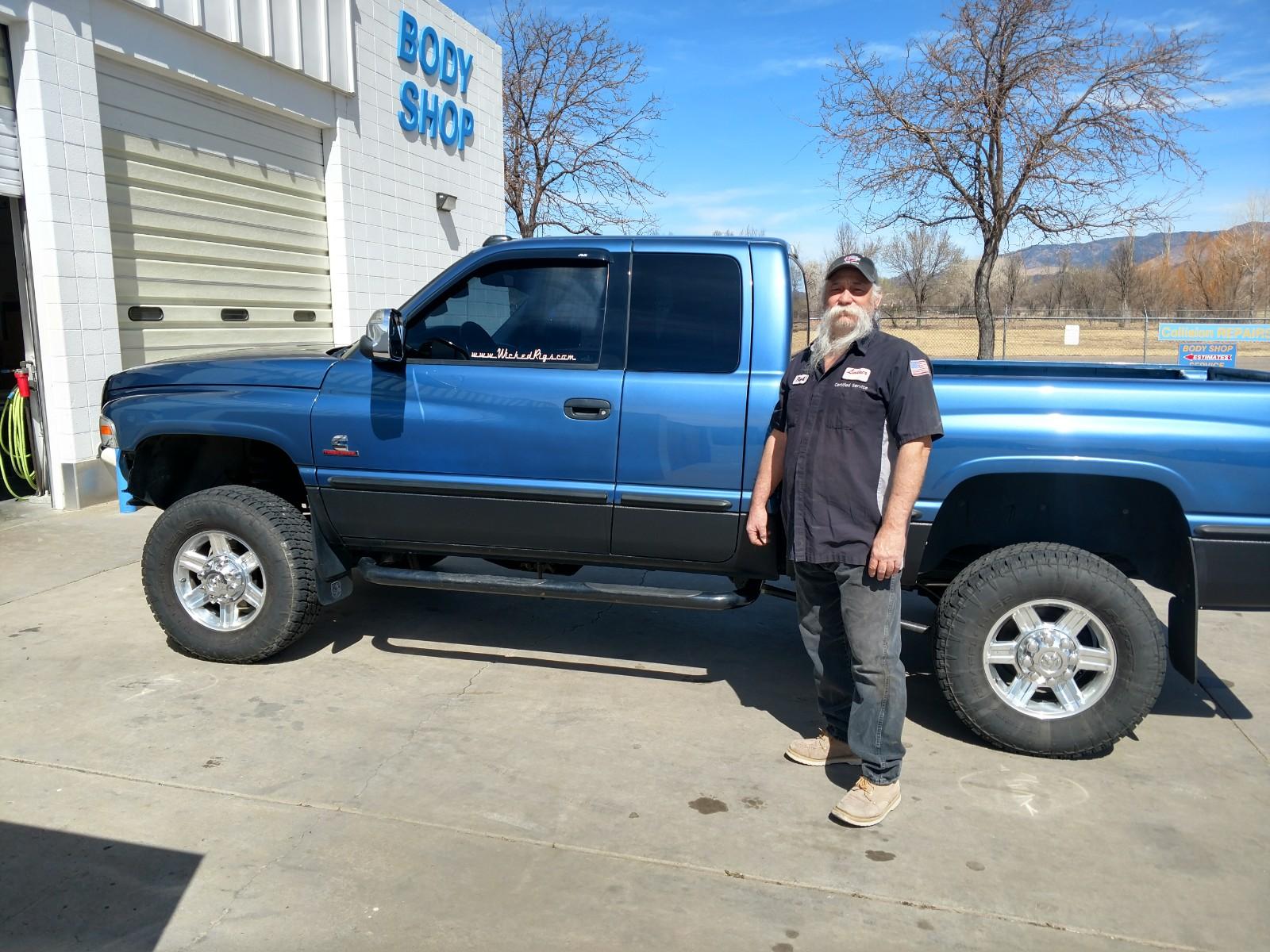
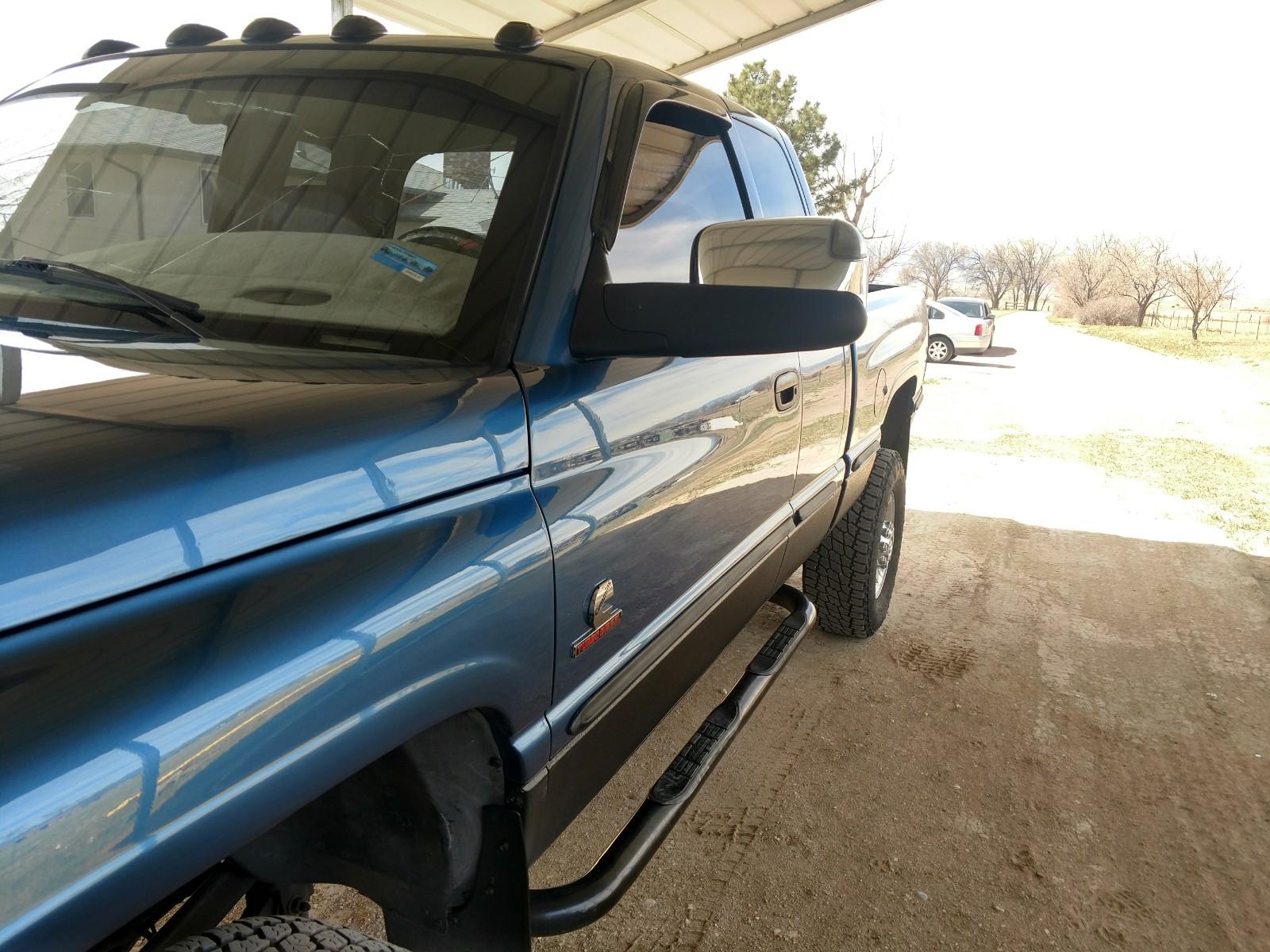
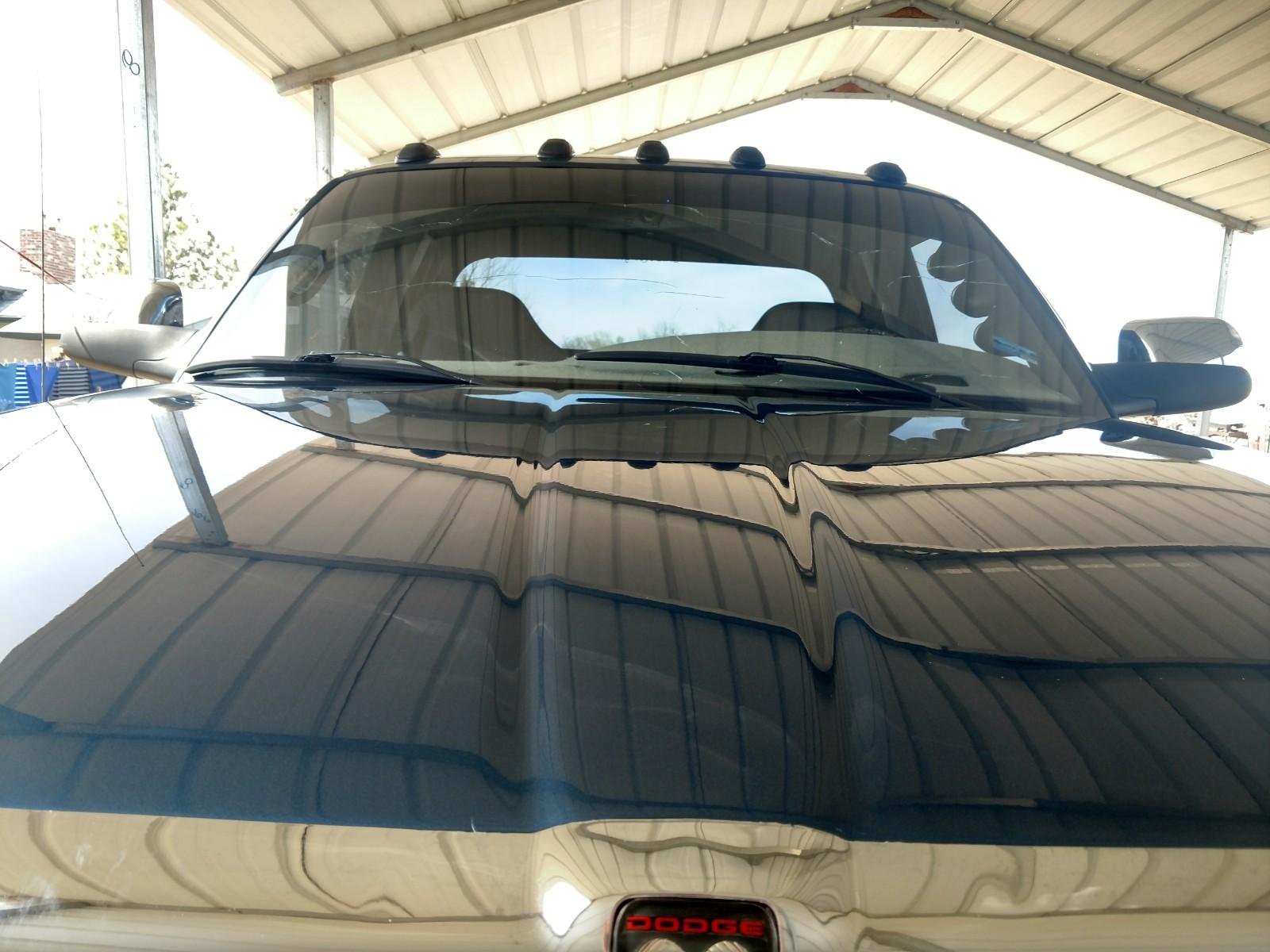
Well I've made it home for the summer and it's time to start tearing this thing apart. I will begin tomorrow, but yesterday I took it to the dyno. Laid down 503 / 1215. I was very pleased with the numbers, but the knocking is getting worse to it's time to take it apart.